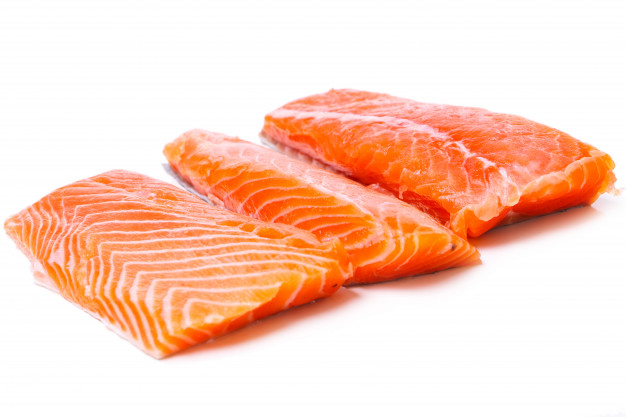top of mind news
- Restaurant Meat Substitute Sales Soared 87% in 2019
- Why Restaurants Should Extend Valentine’s Day Deals
- As the Coronavirus Spreads, Restaurants Fight Scare with Super Hygiene Tactics
- The Key Takeaways from Nielsen CGA’s Channel Strategy Report 2019 on Creating a Successful Experiential Restaurant or Bar
- How The Best Restaurants Stay Busy on Valentine’s Day
THE FARM
Poultry
For the week ending February 1st, total chicken slaughter was up 5.4%, and with bird weights up 2.9%, ready-to-cook broiler production moved 8.5% over the same week last year. Breast meat prices continue to struggle, making another move lower after the modest late-January upside rally. Breast prices are now nearing the lows of last year and continue to look like a good buying opportunity. The remainder of the bird parts remain mostly supported however so far during this winter. Seasonally, shell egg prices are on the rise, but the recent upswing has been more abrupt than is seasonally normal. Shell egg prices are expected to move above year ago levels into the late winter.
Beef
Heavier carcass weights from a year ago continue to support beef production, with output for the first week of February up 2% from last year. Amid escalating production, beef prices have struggled, falling nearly 2% from mid-January. While seasonally weaker beef prices are still expected this month, upside potential should emerge from late-February well into the early spring as interest picks up on the middle meat cuts. The beef 50s have been one of the largest drags on the USDA cutout, but it’s likely be a buying opportunity soon. Strength is expected to emerge on the fat trim deeper into winter and well into the summer months.
Pork
While pork production last week eased up from the week prior, aggressive hog slaughter schedules continue to push pork supplies well over year ago levels. With the coronavirus raising doubts that international demand will remain robust, hog futures have plunged and wholesale pork prices are remaining depressed as well. However, the wholesale pork weakness should be viewed as a buying opportunity. The pork belly cutout value recently set a record low for February, and hams, butts, and loins are near the lower end of their historical ranges also.
THE SEA
Seafood
Total U.S. salmon imports during December were up 10.1% from 2018. Trade with Chile, which had some supply disruptions during the fall, was up 16.8% but total salmon filet imports were higher by only .8% (y/y). Salmon prices have been soft as of late due in part to world demand challenges. Strong U.S. salmon imports are anticipated through the winter. This could temper any upside in the salmon markets into the spring.
THE GARDEN
Produce
The lettuce markets have traded at engaging price levels during the last week. Still, iceberg lettuce shipments fell 2.9% last week from the week prior and were 3.9% less than the same week last year. This could underpin lettuce prices in the near term. History suggests that the iceberg lettuce markets could firm some in March. Tomato supplies from Florida are improving but imports from Mexico have been erratic. Better tomato supplies are anticipated in the coming weeks which could bring further price relief to the tomato markets.
THE KITCHEN SINK
Dairy
Spot butter prices have fallen since last week and are near the 39-month low. U.S. December butter exports were down 12.3% year-over-year but were the smallest for the month since 2015. The butter market may still fall, but prices haven’t been below $1.800/lb. for a notable period since the winter of 2015. Cheese block prices are finally depreciating after being the costliest for this time of year in six years. Domestic cheese exports in December were down 9.4% from the prior year but were the lowest for the month in five years. Cheese prices can still fall, but losses may be tempered if milk output doesn’t improve.
Grains
The food oil markets have been especially volatile in recent weeks. Concerns around world supplies, and demand challenges in China brought on by the coronavirus, continue to swing the markets. January Malaysian palm oil stocks were down 41.5% from the prior year. This may bring support to food oil prices soon.
Oil
Nearby WTI crude oil futures are down 15.9% this year due in part to weakening petroleum demand. Until the coronavirus contagion problem is better understood, it’s going to be tough for the crude oil market to mount any sustainable gains.














